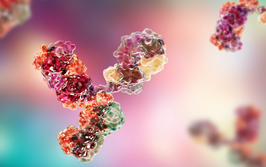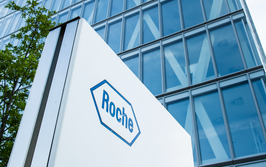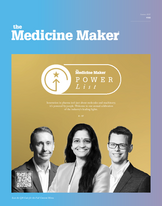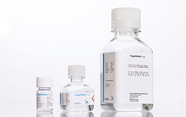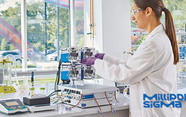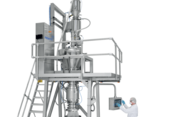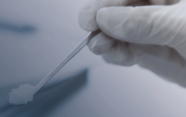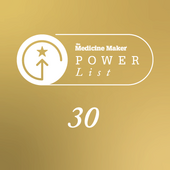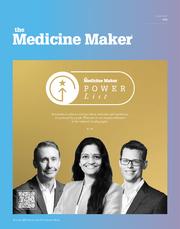The Challenges and Successes of A Biotech Startup
Discussing the challenges facing small rare disease-focussed biotechs, what they offer in terms of speed and agility, and the successes of advancing treatments.
Dan Williams | | 3 min read | Practical

Starting a biotech business is fraught with challenges. Navigating complex regulatory regimes, continually securing finance to sustain growth, and playing the hit-and-miss game of discovering or designing a “successful” drug all combine to make it a rollercoaster ride (with no easy way to off). There is also the struggle to find and develop a team, the need to protect IP, and keep investors onside.
Since our formation in 2021, we have had to find money on several occasions and have been fortunate to secure two rounds of private investment. There are grants available in most countries, and we have again been fortunate with two awards from Innovate UK. Now so close to selecting a candidate drug to take into clinical trials, the fight goes on as we once again seek investment to support that.
The co-founder and CEO of Dropbox, Drew Houston, perfectly captured the small biotech mindset: “Don’t worry about failure, you only have to be right once.”
Be right once and the rewards are beyond measure. Looking for cures for cruel, deadly diseases is reward enough, of course, but it’s important to be successful as a business too.
Rare diseases: the facts
Biotechs that work in the rare disease space face additional obstacles such as small (often tiny) patient populations and a correspondingly tiny market, which can result in higher prices. For example, a five-year treatment of the antisense oligonucleotide (ASO) drug nusinersen costs over $2 million for one patient.
According to the European Commission, there are between 6,000 and 8,000 known rare diseases, with new conditions being discovered regularly. Although rare individually, taken together up to 400 million people worldwide are affected. Around 90 percent of rare diseases have no effective treatment.
Around 80 percent of rare diseases are monogenic, caused by a mutation in a single gene, so the ability to stop that mutation from forming toxic proteins is a hugely promising avenue of investigation. Perhaps better known as “gene silencing”, this approach differs from gene editing in that the gene itself is untouched; only its expression as a protein is affected.
Government intervention, via the creation of incentives programs, has helped create a surge in rare disease drug discovery and development activity. In addition, new technologies (and a deeper understanding of the mechanisms of rare diseases) are driving investment in the sector – but it’s a slow process and a challenge within itself.
Smaller companies tend to be more flexible and agile than their bigger counterparts. Faster decision-making processes, a less conservative disposition, and a vast knowledge of the pathology and mechanisms of action of specific conditions, biotech teams are closely knit and well-placed to share ideas. Big Pharma companies have the resources and infrastructure to develop many drugs, but they are more driven by shareholder demands, rapid financial returns, and a focus on the mass market.
Once a smaller biotech’s candidate orphan drug has passed toxicology tests and gone through clinical trials, big pharma’s strengths in navigating regulatory approvals, making deals with governments and health services, and manufacturing capabilities are vital. By leveraging the agility and flexibility of smaller biotechs, the industry can bring life-changing therapies more quickly to market.
CEO, SynaptixBio
Dan Williams has spent over 20 years in the industry after studying at the University of Dundee for a degree and a PhD in biochemistry and physiology. After his PhD, he entered the industry as a scientist and manager of a preclinical cell research group before moving into drug development. Later, he moved to Adaptimmune where he switched from biologics to cell therapies, setting up development groups and project managing preclinical research. He then became VP of Research Operations before co-founding SynaptixBio Ltd. in 2021 with the aim to push leukodystrophy therapies through to clinical trials.



